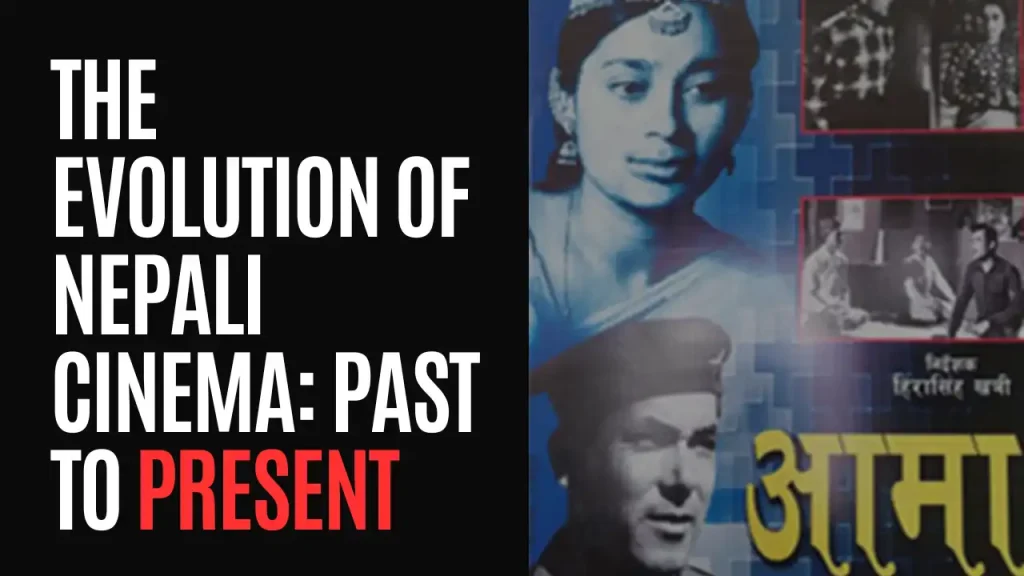Nepali cinema started with Aama in 1964. This government-made film showed love for the nation and family values. Early movies were simple, showing rural life and traditions. Even with basic technology, they introduced Nepali culture on screen. [The Evolution of Nepali Cinema: Past to Present].
During the 80s and 90s, many Nepali films were made. They often copied Indian movies with songs, love stories, and drama. Even if the ideas repeated, this period supported the growth of Nepali cinema.
Things started to change in the 2000s. Films like Kagbeni (2008) and Loot (2012) introduced modern storytelling and technical improvements. Urban stories, realistic characters, and bold themes gained attention. During this period, the industry saw an entirely new era.
Now, Nepali cinema has changed a lot. Films like Pashupati Prasad, Bulbul, and Ainaa Jhyal Ko Putali have made it to international film festivals. New directors are bringing fresh ideas and better quality. Nepali films today are more real, creative, and reach people around the world through digital platforms. [The Evolution of Nepali Cinema: Past to Present].





